[ad_1]
When one factor startles or scares you, what’s your instinct? Do you flee as fast as your legs will carry you? Do you swing a punch sooner than you might assume twice? Or do you scream? These are all instinctive behaviors–and all of us have completely totally different instinctive responses based on various points identical to the ambiance, our histories, our neurochemical make-up, and so forth.
Successfully, the an identical is true for our canines. When confronted with one factor scary, our canines will all react instinctively in a technique distinctive to them.
Let’s dig into this automated response known as fight-or-flight in canines, starting with some basic definitions.

As an Amazon Affiliate I earn from qualifying purchases.
What’s battle or flight in canines?
Anyone who has ever taken highschool biology can probably give a fairly respectable definition of the fight-or-flight response, one factor like: When frightened, most animals will each battle or flee.
Nonetheless what does that principally suggest?
Proper right here’s the dictionary.com definition: “the instinctive physiological response to a threatening situation, which readies one each to resist forcibly or to run away.”
Two key phrases proper right here:
- instinctive: you don’t consciously administration your response
- physiological: your physique merely jumps in and strikes sooner than your thoughts can override it
In numerous phrases, when your canine experiences concern, his or her physique merely reacts with out thought for self-preservation.
The priority can come from one thing from the vacuum cleaner to a special canine to bodily danger and so forth.
It doesn’t matter what causes the priority, and regardless of whether or not or not or not your canine goes into battle or flight, it’s essential to understand your canine isn’t accountable for this response and subsequently should not be punished for it.
Gasp, what? Punished for being scared? We’ll get into this additional in a minute, nevertheless think about what number of people use punishment when a canine aggresses, although we merely established that it’s an instinctive physiological response to concern.
Quick aside: Must dive deeper into canine habits and training? Acquire my free e-book, “Optimistic Reinforcement Teaching for Canines of All Expertise.” It covers a wide range of behaviors, along with concern responses. Click on on the image underneath to enroll and get your complimentary copy:
Have you ever ever heard of battle, flight, freeze, and fawn?
Typically known as the 4 F’s. I’ve moreover heard of 5 or 6 completely totally different F’s, along with battle, flight, freeze, fawn, efficient, and faint. In folks they’re also called the trauma response.
Some responses additional prevalent in several animals. Take into account animals that play lifeless (my favorite: google the hognose snake) or uncover totally different strategies to cowl from predators (like ostriches).
Freezing and fawning do happen to our canines, too.
For individuals who see a canine freeze, his physique tenses up and his muscle tissues turn into tight. Canines usually freeze to supply themselves a second to then assume and react. Fawning is fearful habits that tries to appease the person scaring them. That’s the canine who tucks his tail and turns over to point his abdomen. Fawning moreover consists of behaviors like excessive licking or pawing.
Do positive canine breeds experience fight-or-flight higher than others?
Socialization, teaching, ambiance, trauma experiences, and specific particular person temperament are all seemingly additional obligatory than a selected breed with regards to how a canine responds to concern.
That’s purely anecdotal proof, nevertheless over time I’ve had three distinct pit-bull-type-mixes with three wildly completely totally different concern responses.
Emmett, who purportedly bought right here from a doable abuse situation, was abandoned throughout the woods, then sheltered for almost two years sooner than we adopted him, was afraid of nothing. Truly nothing. He in no way really exhibited a priority response because of, properly, he in no way appeared to get scared.
Cooper, who bought right here to us at 8 weeks outdated and in no way had a nasty experience in his life, was petrified of fully each little factor. His response was all battle. He’d launch up on his hind legs and bark and snarl his little face off.
Penny, who we’ve had for decrease than a yr and is a big combination of hound and pit bull from a hoarding situation, could be fearful of tons and plenty of points, nevertheless her instinct is to cower, to crouch low to the underside and skitter away as fast as she is going to.
In reality, it’s a small sample dimension and is simply a sequence of strung-together tales, nevertheless it’s obligatory to understand that breed is way much less obligatory than character and life experience.
That said, in response to some evaluation, there are breeds additional weak to emphasize, which can make them additional delicate to instinctive fight-or-flight responses since they’re already additional tightly-wound.
An fascinating look at from Faculty of Helsinki checked out aggression in further than 13,000 pure bred canines and concluded that age (older canines), gender (male canines), lifestyle components (like if the canine was the proprietor’s first canine), and so forth all had an have an effect on, as did breed and physique dimension (smaller canines have been additional aggressive than medium and large canines, nevertheless medium and large canines have been tied.) And, moreover, as we’ve been discussing, “Extraordinarily fearful canines had over 5 situations elevated odds of aggressive behaviour than non-fearful canines and fairly fearful canines moreover had a greater odds of aggressive behaviour than non-fearful canines.”
Is that this a nasty habits?
Keep in mind my earlier degree? Punishing or “correcting” these responses merely doesn’t make sense because of the reactions are instinctive and physiological and emerge as a response to concern.
Fear shouldn’t be punished or corrected.
Sadly, it happens regularly.
And does jerking, pinching, or gorgeous a canine stop that fearful, aggressive response? In reality not, and additional sometimes it ends in a superb bigger response from the canine.
That is the explanation it’s so, so essential to know fight-or-flight in canines.
Many canines bear needlessly because of their people don’t understand that the habits isn’t “unhealthy” and even intentional. In its place of attempting to find out the best way to acceptable the fearful response, let’s as a substitute change our mindset to: How can I help my canine course of concern?
How do I get my canine out of battle or flight mode?
We understand in case your canine is pancaking and attempting to scurry away, she’s scared.
Hopefully by now we moreover understand {{that a}} canine lunging and barking and snapping could be scared.
So, what do you do?
Successfully, that’s the place points start to turn into additional superior. For some canines, a bit little little bit of time and publicity will assist. Penny, for instance, started out petrified of the hallway between our kitchen and lounge. We let it go together with none direct intervention, and over the course of some months, she overcame that concern all on her private.
Does that on a regular basis happen?
Nope.
In actuality, it usually takes a number of direct intervention with a counter-conditioning program combined with optimistic reinforcement teaching to make headway with concern. It’s rarely ever quick and it’s nearly in no way simple, as Cooper as this years-long vacuum story demonstrates.
And sometimes, no matter all your best intentions and laborious work, your canine will not ever overcome a selected concern. Then, it comes proper right down to administration.
Regardless, the proper issue you’ll be able to do for individuals who see your canine going proper right into a trauma response is to help him uncover a spot to actually really feel protected, give him quite a few time (and doubtless treats), and reassurance.
Then, as quickly as your pup is over the response, formulate a plan to work on regardless of it was that scared your canine.
belongings for when it’s advisable formulate a plan:
Fired Up, Frantic, and Freaked Out
Bark!: The Science of Serving to Your Anxious, Fearful, or Reactive Canine
Bottom line: Understanding fight-or-flight in canines is VITAL for serving to your canine keep properly
I’ve written about reactive canines for lots of, a couple of years. I’ll like quite a lot of posts underneath for those who want to broaden on that matter.
Nonetheless, a contemporary dialog spurred me to place in scripting this submit because of it turned clear to me that not all people completely understands that reactive habits is an unintentional, instinctive, physiological response to concern. We have now to understand the why of our canine’s habits sooner than we’re in a position to begin to purpose to range it. If we don’t know why our canine does one factor, we’re merely guessing on the approach to “restore” it, and throughout the case of fight-or-flight responses, our canines pay the worth as people try and punish the response out of them.
Nonetheless… I’m curious…
Is your canine additional weak to battle, flight, freeze, or fawn? Do you will have a go-to method to help your pup emerge from this concern response? Let me know throughout the suggestions!
Study additional posts about reactivity to dig additional into that matter. Listed beneath are quite a lot of to get you started:
What I need you knew about my reactive canine
Glacial progress gives up when teaching reactive canines
Being answerable for a reactive canine
And proper right here’s a free printable teaching tracker for those who want to monitor your canine’s progress as you are employed by a habits.
For individuals who liked this submit, you’ll almost definitely benefit from my forthcoming e e book, For the Love of Canine, from Regalo Press in 2025. It’s chock full of the newest evaluation in canine cognition combined with tales of my canines to convey the information to life.
To stay up-to-date on the newest with my publication info, be a part of the mailing report (you’ll get a superb sweet canine teaching info for those who be part of!) or adjust to alongside on Instagram. I’d love to connect with you additional!
Study Additional
[ad_2]
Provide hyperlink







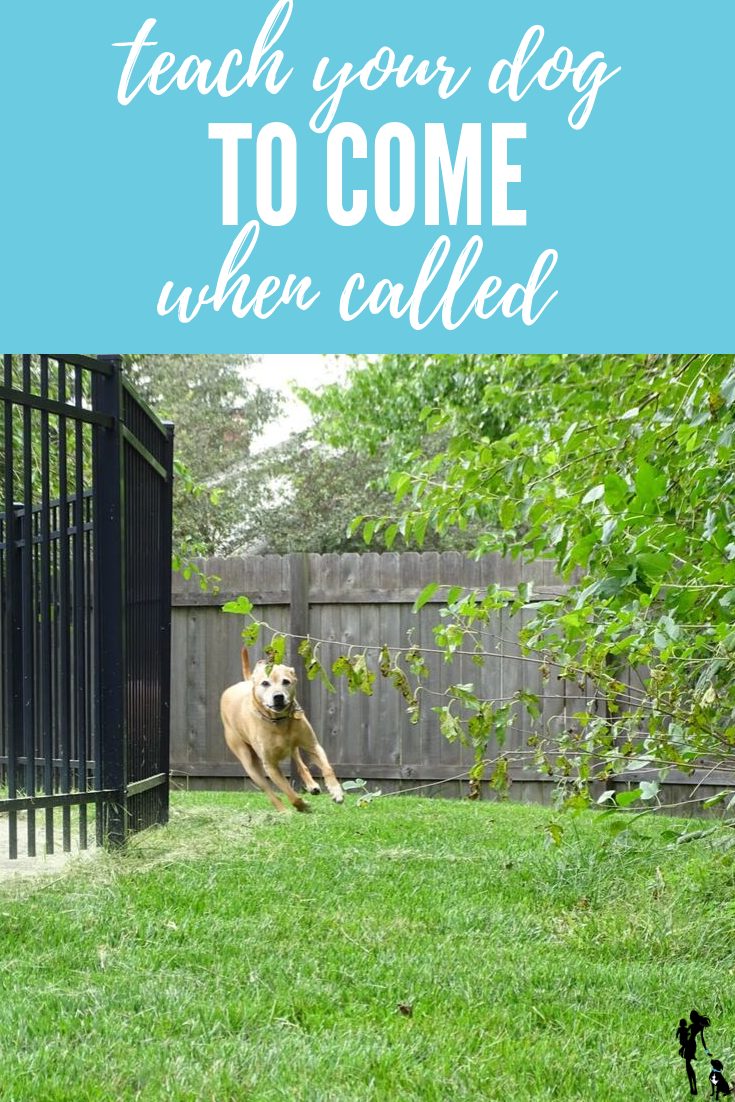
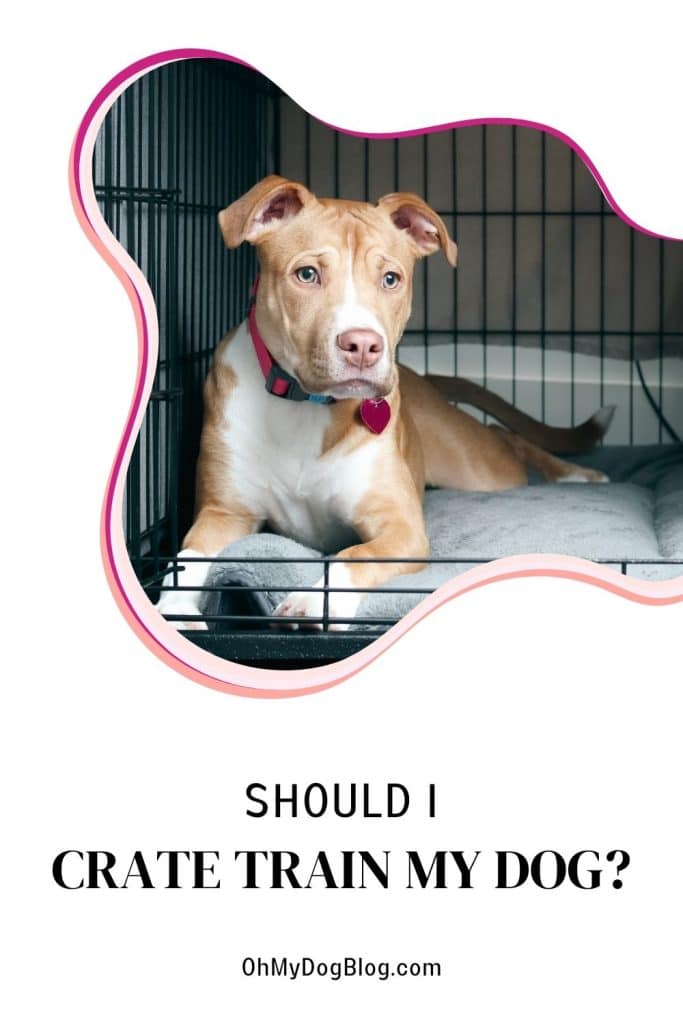

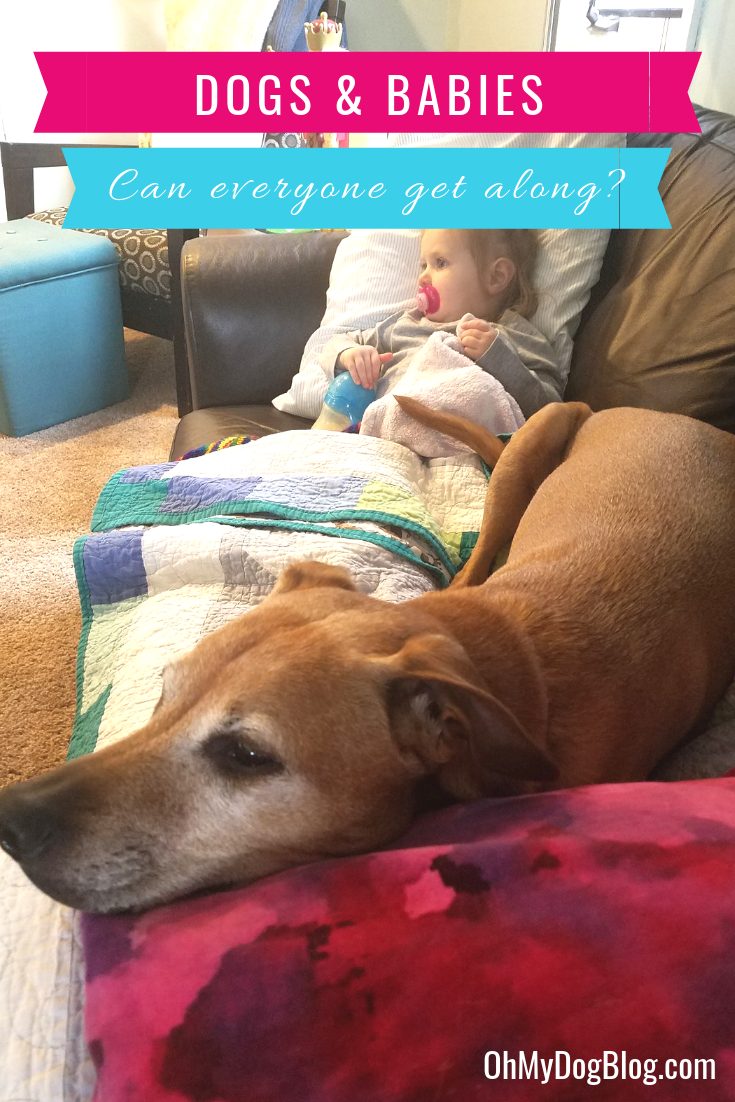

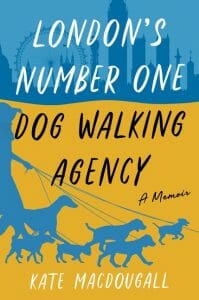
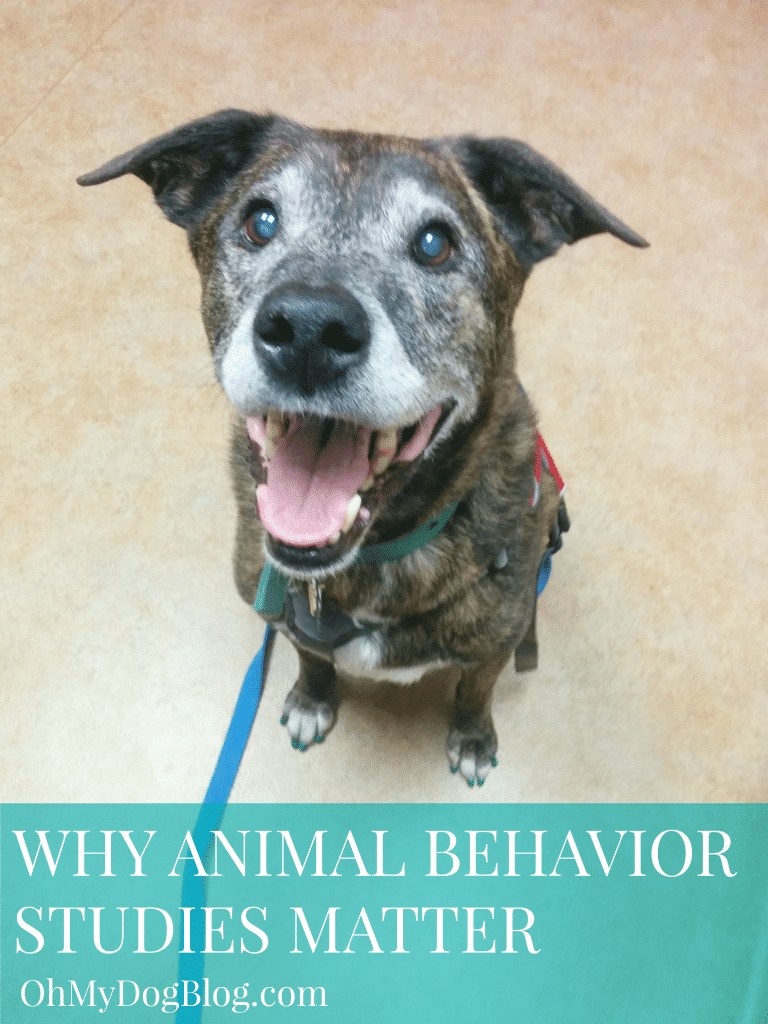

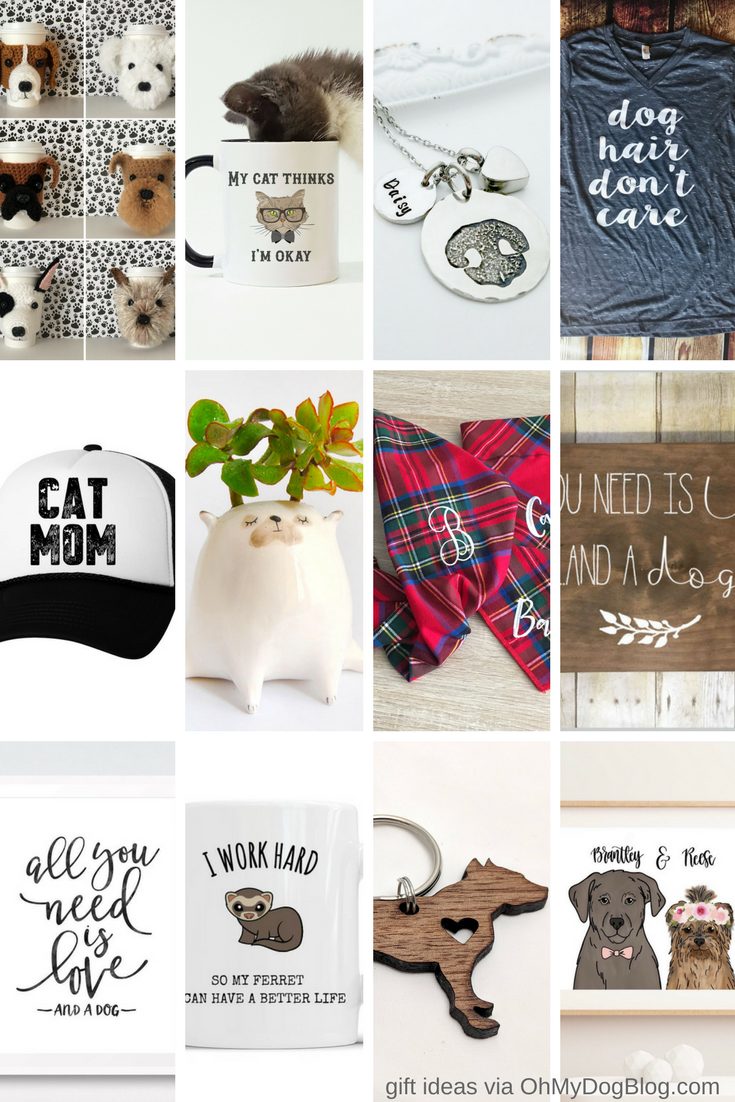
Leave a Reply